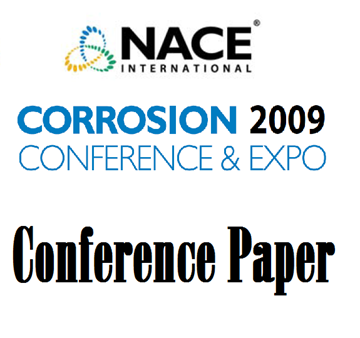Search
51316-7326-Estimation of Critical Localized Corrosion Potentials of Duplex SS with Galvele's Model
Also Purchased
09194 Evaluation of Crevice Corrosion Resistance of Duplex and Super Duplex Stainless Steels for Seawater Pumps
Product Number:
51300-09194-SG
ISBN:
09194 2009 CP
Publication Date:
2009
$20.00
51316-7325-Investigation of the Stress Corrosion Cracking Behavior of Duplex and Lean Duplex Stainless Steel Parent and Weldment Materials in Sour Service
Product Number:
51316-7325-SG
ISBN:
7325 2016 CP
Publication Date:
2016
$20.00
51316-6981-HISCC Resistance and Improvement Methods For Duplex and Super Duplex Stainless Steels
Product Number:
51316-6981-SG
ISBN:
6981 2016 CP
Publication Date:
2016
$20.00




